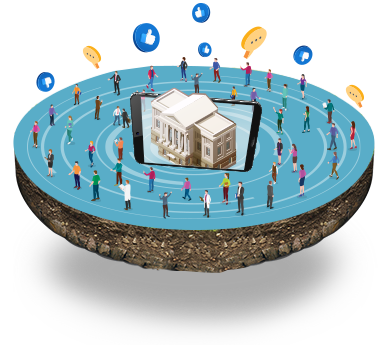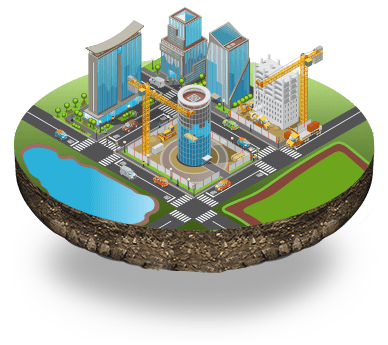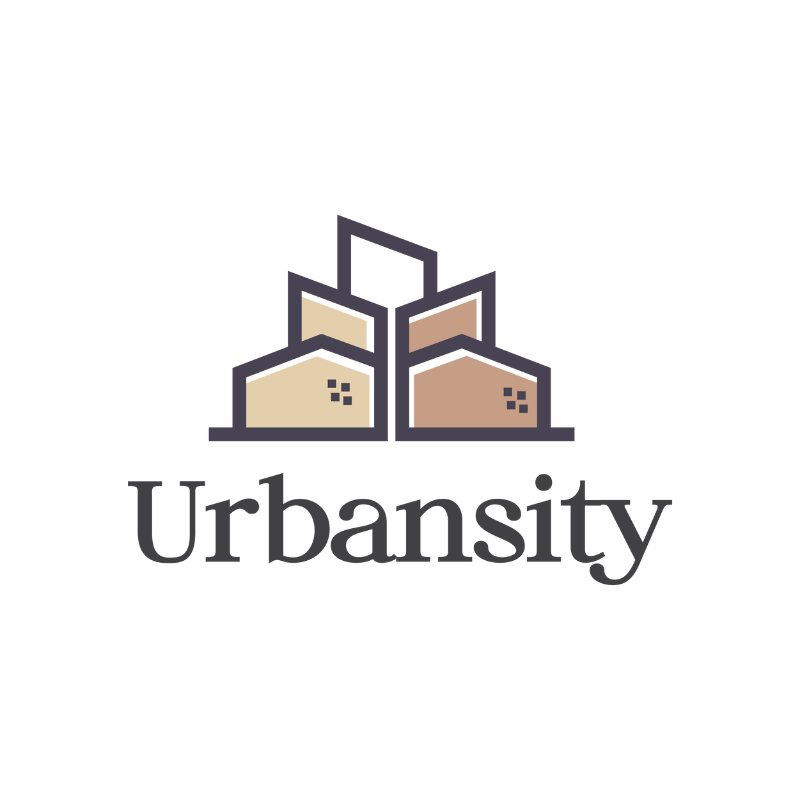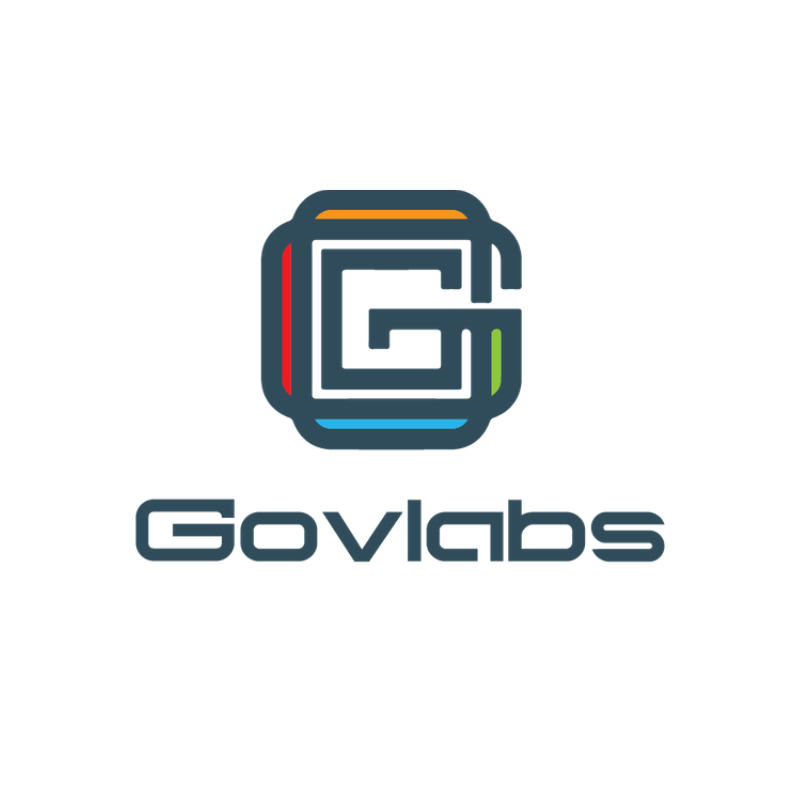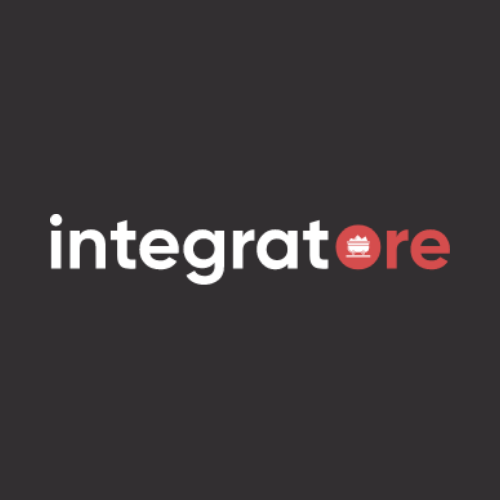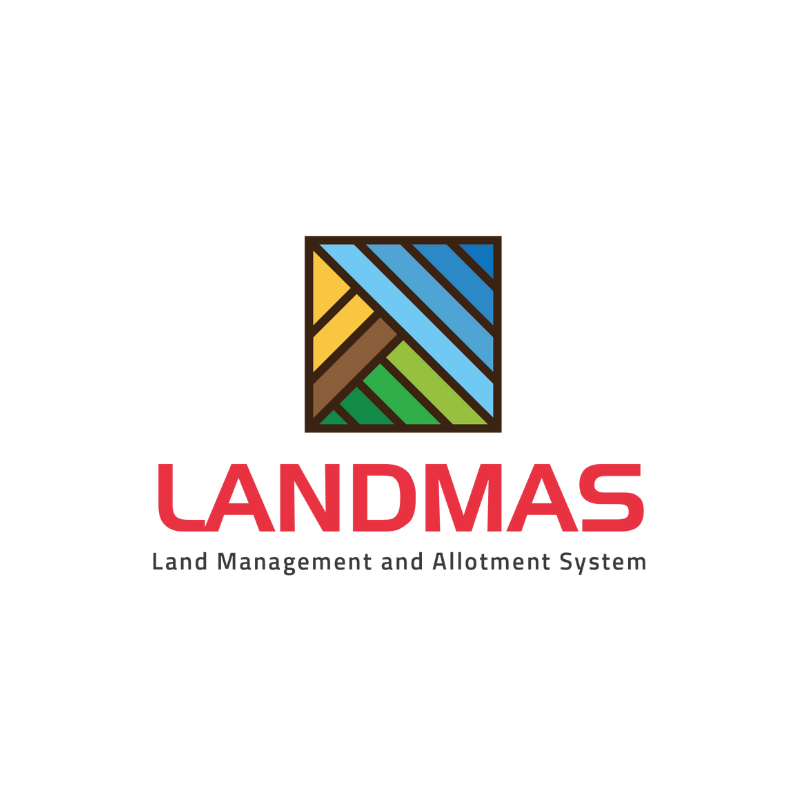Customize Consent Preferences
We use cookies to improve your browsing experience. By continuing to use our site, you consent to our use of cookies. You can also adjust your cookie preferences by clicking "Cookie Options". For more information, please see our Cookie policy
Cookie Options
Necessary Cookies
Necessary cookies are required to enable the basic features of this site, such as providing secure log-in or adjusting your consent preferences. These cookies do not store any personally identifiable data.
Functional Cookies
Functional cookies help perform certain functionalities like sharing the content of the website on social media platforms, collecting feedback, and other third-party features.
Analytics Cookies
Analytical cookies are used to understand how visitors interact with the website. These cookies help provide information on metrics such as the number of visitors, bounce rate, traffic source, etc.
Performance Cookies
Performance cookies are used to understand and analyze the key performance indexes of the website which helps in delivering a better user experience for the visitors.
Advertisement Cookies
Advertisement cookies are used to provide visitors with customized advertisements based on the pages you visited previously and to analyze the effectiveness of the ad campaigns.
Others Cookies
Other uncategorized cookies are those that are being analyzed and have not been classified into a category as yet.









